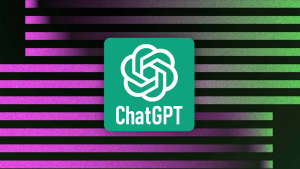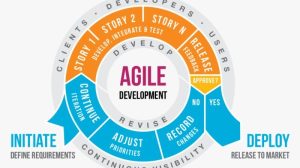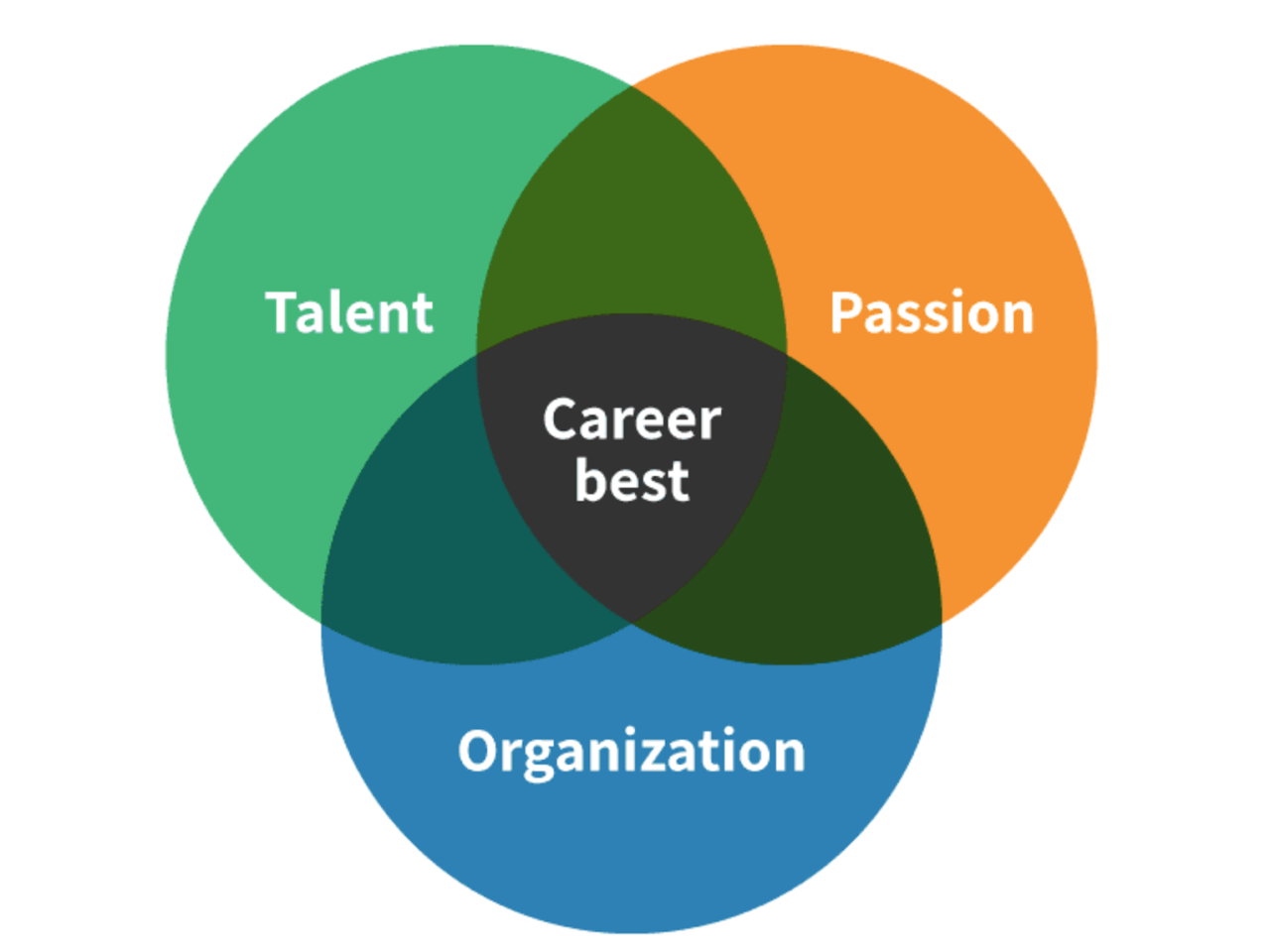It’s a story many CSE students dream of: a varsity project turns into a product, and that product becomes a startup. But how do you know if your app actually has the potential to succeed in the real world?
It’s not just about how cool your code is. Market potential is what separates a side project from a startup opportunity. If you’re wondering whether your app is just a class assignment or the beginning of something bigger, this guide is for you.
Start With a Simple Question: Who Actually Needs This?
It’s easy to build something just because it sounds interesting or lets you try out a new tech stack. But if you want your project to grow beyond your GitHub, ask yourself this:
“Does this solve a real problem for real people?”
If the answer is “not sure,” you’ve got work to do.
Start by identifying your target user:
- Is it students like you?
- Small business owners?
- Freelancers? Developers? Teachers?
Try talking to five people who might be your target users. See if they would actually use your app. Not just “it sounds cool”—you want to hear them say things like, “I need this,” or “I’d pay for that.”
Check the Competition
No product exists in a vacuum. Chances are, someone has tried something similar before.
Instead of being discouraged by competition, learn from it:
- What features do they offer?
- What do users complain about in reviews?
- Are they expensive? Hard to use? Outdated?
Your varsity project might stand out by being more user-friendly, affordable, or focused on a niche audience. That can be enough to give it an edge—if you know how to position it.
Validate the Problem, Not Just the Idea
One mistake many developers make is falling in love with the solution instead of the problem.
Just because your app can do something cool doesn’t mean people need it. Instead of asking, “Is my app good?”, ask:
“How painful is the problem this app solves?”
If the pain is strong (e.g., wasting hours every week doing something manually), and your app reduces that pain, that’s a green flag.
If the problem is minor or people are already solving it easily, you might need to rethink your approach.
Run a Small Test—Before You Build More
One of the fastest ways to evaluate market potential is to build the smallest version of your app that can demonstrate value—a Minimum Viable Product (MVP).
Then, test it in the wild:
- Post it in relevant subreddits or Discord communities
- Share it in university groups
- Offer it to a few early users for feedback
If people sign up, ask questions, or share it—great. If no one engages, that’s useful too. It’s a signal to iterate or pivot early, not after months of development.
Think About Monetization (Even If You’re Not Ready to Monetize)
It’s okay if you don’t want to charge users yet. But at some point, your app needs to be sustainable.
Ask yourself:
- Who would eventually pay for this?
- Would it be a monthly subscription? Ads? One-time license?
- Can you offer a free version with premium features later?
Even if the answer is “I’m not sure,” start thinking about it early. An app with clear monetization potential is far more attractive to investors, accelerators, or even future co-founders.
Ask the Right Kind of Feedback
You’ve probably heard “this is cool” before. It’s nice—but not helpful.
Instead, ask questions like:
- “Would you use this every week?”
- “If this disappeared tomorrow, would you care?”
- “What’s confusing or annoying about using this?”
The more honest the feedback, the better. Create space for users to be blunt—it helps you improve and understand what really matters.
Track the Right Signals
When you launch your app (even in a small way), pay attention to:
- Repeat usage: Are people coming back?
- Organic referrals: Are they sharing it with others?
- Feature requests: Are they asking for more?
These are strong signals that your project has market potential. On the flip side, if you need to keep reminding people to use it, that’s a sign the value isn’t clear—or the need isn’t strong.
Talk to Someone in Business
You don’t need an MBA, but getting a business-savvy perspective can help you see beyond the code.
Talk to:
- A mentor from your university’s startup incubator
- Alumni who’ve built companies
- Entrepreneurs in your local or online network
They can help you ask questions you might not think of, like:
- How big is the potential market?
- What are the barriers to entry?
- What does success look like in this space?
If It’s Not a Startup—That’s Okay Too
Not every project needs to become a business. Some apps are better off as open-source tools, portfolio pieces, or stepping stones to other ideas.
Even if your varsity project doesn’t take off, the process of validating it, testing the market, and learning what works—that’s experience startups and recruiters will value.
Ready to Take the Next Step?
Turning a varsity project into a startup doesn’t happen overnight. It takes more than good code—it takes curiosity, persistence, and a willingness to learn things outside your comfort zone.
If your app solves a real problem, gets real engagement, and shows signs of stickiness—you might just be on to something.
So test it. Show it. Break it. And most importantly—listen to the people you’re building it for.
Your next semester project might be the first line of code in your first company.










